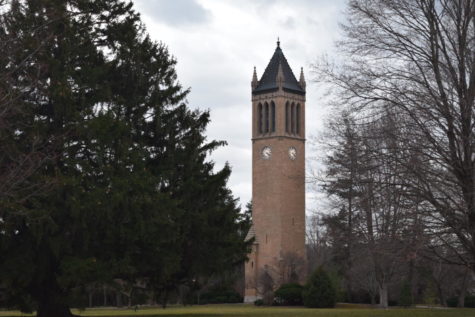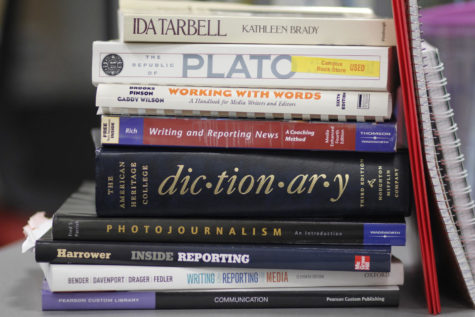A chapter in Iowa State’s movement toward a sustainable future
August 17, 2010
For those of us fortunate enough to survive the floods in Ames unscathed this summer, it was certainly an interesting experience living in the areas directly affected by the “water contamination.” Iowa State was one such area, being on “boil alert” for about four days.
For me, a few days without “clean water” was neither traumatic nor distressing. The ISU Department of Residence even arranged to have crates of bottled water sent to each of the residence halls so residents already here could have clean water, free of charge, for cooking and brushing their teeth.
While some Ames residents took the flooding rather seriously, proclaiming in the Hy-Vee shopping center that the apocalypse was near, the events led me to think about the broader environmental situation.
In Ames, eight water main breaks sent the city into frenzy. Restaurants closed, roads were closed — although, those familiar with the area could still get around those barriers — and Hy-Vee was out of the gallon water jugs by 2 p.m. the first day of the floods.
More than half the world suffers from “contaminated water” on a daily basis, water used for a variety of essential life functions that we too often take for granted. As some of us were so cautious as to only brush our teeth with Nestle Pure Life Purified Water from a half-liter bottle, I could only think of how so many more people live each day on water that is so polluted it is actually an environmental and human health hazard.
For anyone who can grasp the gravity of knowing how fortunate our lives truly are here in Ames, the thought of spending four or more days without water is simply not as alarming. For me, living in a time of “water alert” simply enhanced my appreciation of how versatile, significant and fragile our precious water, land and environment are as a whole.
It made me recognize that we still have much to do to positively change our impact on the land, air and water in the future.
As everyone is moving back in for the start of the fall semester, it is easy to see past the impact of the recent flooding. All water is a “go,” and my residence hall is left with a surplus of free water bottles with the “two per person per day” restriction lifted.
With an increasing presence on the ISU campus, there is likely to be an increased presence of debris and general move-in left-behinds. Having been here all summer, I was pleased to bicycle on uncrowded streets, observe less trash and litter on our beautiful green areas, and spend my warm summer days in a peaceful and comfortable environment.
As a community adviser, I also look forward to the return of Iowa State’s students, faculty and staff. It is a great time for new beginnings and the prospect of setting new goals. For many, this may be their first semester at Iowa State.
Whether you are a graduating senior or a new face on the ISU campus, I hope a collective goal for us this year, and onward, will focus on Iowa State’s incentive to “Live Green.” As students move in, doing as many of the basic things we can, such as recycling, monitoring water use, and moderating our simple energy use, are going to be important to continue supporting Iowa State’s efforts toward a more sustainable future. The value of appreciating the world we live in extends beyond just ourselves. It is also the value and appreciation for the vital life support systems we find in the simplest places all around us.
Merry Rankin, Iowa State’s director of sustainability, is always thoughtful in conveying her excitement for Iowa State’s “Live Green!” initiative. Noting that Iowa State has already acted to reduce its impact on the environment via recycling, composting and reusing surplus materials, Rankin notes that one of the unique aspects of Iowa State’s movement is that the initiative came about because of university President Gregory Geoffroy. For some universities, the “Live Green!” initiative is still at the “grassroots level,” Rankin said, where the university leaders are not as involved.
At Iowa State, Rankin points out, “top-down support is huge.”
Something to also be aware of is that while many places have tried to use the “Live Green!” movement as a financial incentive, many of Iowa State’s practices are simply based on a commitment to the environment and our own well-being.
Whether it is adapting our new buildings to strict green guidelines through the LEED certification levels, or as small as changing the light bulbs and putting occupancy systems in and around campus, Iowa State’s efforts have been to make a difference in as many ways as possible.
I, for one, often struggle with thoughts and concerns about how to make a difference in seemingly chaotic world. I have to agree with Rankin in that we should all feel proud to be at a university whose awareness and actions are setting the stage for a more positive balance with the environment and a more sustainable future for generations to come.














